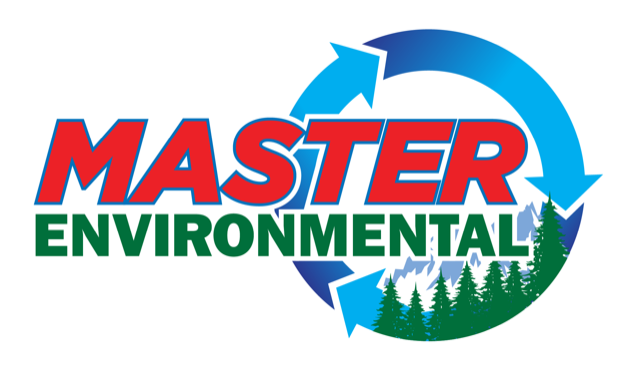§ 264.175 Containment
(a) Container storage areas must have a containment system that is designed and operated in accordance with paragraph (b) of this section, except as otherwise provided by paragraph (c) of this section.
(b) A containment system must be designed and operated as follows:
(1) A base must underly the containers which is free of cracks or gaps and is sufficiently impervious to contain leaks, spills, and accumulated precipitation until the collected material is detected and removed;
(2) The base must be sloped or the containment system must be otherwise designed and operated to drain and remove liquids resulting from leaks, spills, or precipitation, unless the containers are elevated or are otherwise protected from contact with accumulated liquids;
(3) The containment system must have sufficient capacity to contain 10% of the volume of containers or the volume of the largest container, whichever is greater. Containers that do not contain free liquids need not be considered in this determination;
(4) Run-on into the containment system must be prevented unless the collection system has sufficient excess capacity in addition to that required in paragraph (b)(3) of this section to contain any run-on which might enter the system; and
(5) Spilled or leaked waste and accumulated precipitation must be removed from the sump or collection area in as timely a manner as is necessary to prevent overflow of the collection system.
[Comment: If the collected material is a hazardous waste under part 261 of this Chapter, it must be managed as a hazardous waste in accordance with all applicable requirements of parts 262 through 266 of this chapter. If the collected material is discharged through a point source to waters of the United States, it is subject to the requirements of section 402 of the Clean Water Act, as amended.]
(c) Storage areas that store containers holding only wastes that do not contain free liquids need not have a containment system defined by paragraph (b) of this section, except as provided by paragraph (d) of this section or provided that:
(1) The storage area is sloped or is otherwise designed and operated to drain and remove liquid resulting from precipitation, or
(2) The containers are elevated or are otherwise protected from contact with accumulated liquid.
(d) Storage areas that store containers holding the wastes listed below that do not contain free liquids must have a containment system defined by paragraph (b) of this section:
(1) FO20, FO21, FO22, FO23, FO26, and FO27.
(2) [Reserved][46 FR 55112, Nov. 6, 1981, as amended at 50 FR 2003, Jan. 14, 1985]
LET’S GET STARTED
Do you need help with waste management? Fill out this form to get in touch.

